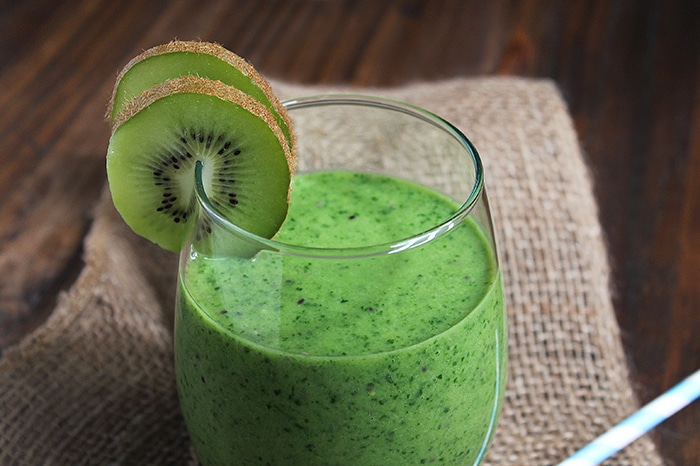
Folic Acid: Everything You Need to Know and More
Folic acid is the man-made form of folate, a naturally occurring B vitamin. Because it is a water-soluble vitamin, it cannot be stored in the body so it needs to be supplied on a continuous basis. Folic acid helps form and maintain new cells. It is needed to make red blood cells and for the metabolism of homocysteine. It helps produce DNA, and it helps prevent changes in DNA that may lead to cancer.
Table of Contents
How much do I need to consume?
The Recommended Dietary Allowances (RDA) for folate are expressed in a term called Dietary Folate Equivalent (DFE). The naturally occurring folate is absorbed differently than the man-made folic acid, so the DFE was developed to help account for these differences. One DFE is equal to 1 microgram (mcg) of food folate and 0.6 mcg of folic acid from supplements and fortified foods.
The RDA for folate:
|
Age
|
Males and Females
|
Pregnancy
|
Lactation
|
|
1 to 3 years
|
150 mcg
|
N/A
|
N/A
|
|
4 to 8 years
|
200 mcg
|
N/A
|
N/A
|
|
9 to 13 years
|
300 mcg
|
N/A
|
N/A
|
|
14 to 18 years
|
400 mcg
|
600 mcg
|
500 mcg
|
|
19+ years
|
400 mcg
|
600 mcg
|
500 mcg
|
There is insufficient information to establish an RDA for folate for infants. In this case, an Adequate Intake (AI) has been established:
|
Age
|
Males and Females
|
|
0 to 6 months
|
65 mcg
|
|
7 to 12 months
|
80 mcg
|
What are the sources of folic acid?
Folate can be found naturally in many foods, including fruits, leafy green vegetables, and dried beans. Folic acid is added to certain foods because of regulations published by the Food and Drug Administration in 1996. These foods are considered enriched because the folic acid is replacing the folate that was lost during processing. Some common folic acid-enriched foods are cereals, bread, pasta, rice, flours, and cornmeal. Folic acid can also be added to foods and beverages in addition to the nutrients that they already contain. These foods are considered fortified with folic acid. In 1998, the folic acid fortification program was initiated to help Americans reach their folic acid recommendations.
Food sources of folate and folic acid are:
|
Food
|
Amount
|
Folate/Folic Acid Content
|
|
Asparagus, cooked
|
4 spears
|
85 mcg
|
|
Avocado, sliced, raw
|
½ cup
|
45 mcg
|
|
Banana, raw
|
1 medium
|
20 mcg
|
|
Beef liver
|
3 oz
|
185 mcg
|
|
Broccoli, chopped, frozen, cooked
|
½ cup
|
50 mcg
|
|
Broccoli, raw
|
2 spears
|
45 mcg
|
|
Cantaloupe, raw
|
¼ medium
|
25 mcg
|
|
Great Northern beans
|
½ cup
|
90 mcg
|
|
Green peas, frozen, cooked
|
½ cup
|
50 mcg
|
|
Papaya, raw, cubes
|
½ cup
|
25 mcg
|
|
Rice, white, enriched, cooked
|
½ cup
|
65 mcg
|
|
Spinach, frozen, cooked
|
½ cup
|
100 mcg
|
|
Spinach, raw
|
1 cup
|
60 mcg
|
|
Tomato juice
|
6 oz
|
35 mcg
|
Do I need to take a folic acid supplement?
What happens if I don’t have enough folic acid?
One very severe consequence of not getting enough folic acid is the possibility of neural tube defects during pregnancy. Neural tube defects usually develop in the first 28 days of pregnancy. Many women do not know that they are pregnant during this time and are not monitoring their folic acid intake.
For this reason, it’s a good idea to make sure that you have an adequate daily intake before trying to conceive. A deficiency in folate can lead to megaloblastic (or macrocytic) anemia. It may also cause poor growth, gray hair, glossitis, mouth ulcers, diarrhea, and peptic ulcers. Studies have shown that low blood folate levels are associated with high blood homocysteine levels. High blood levels of homocysteine can damage the inner surface of blood vessels, promote blood clotting, accelerate atherosclerosis, and thus lead to heart attacks and strokes.
- pregnancy and lactation
- liver disease
- kidney dialysis
- malabsorption
- alcohol abuse
- triamterene
- barbiturates
- anticonvulsant medications
- sulfasalazine
- metformin
- methotrexate
It is best to speak with your doctor if any of these applies to you.
Is there such a thing as too much folic acid?
|
Age
|
Males and Females
|
Pregnancy
|
Lactation
|
|
1 to 3 years
|
300 mcg
|
N/A
|
N/A
|
|
4 to 8 years
|
400 mcg
|
N/A
|
N/A
|
|
9 to 13 years
|
600 mcg
|
N/A
|
N/A
|
|
14 to 18 years
|
Suggest 800 mcg
|
800 mcg
|
Suggest 800 mcg
|
|
19+ years
|
1,000 mcg
|
Suggest 1,000 mcg
|
1,000 mcg
|






